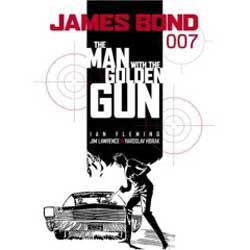 Â
Â
By Ian Fleming, Jim Lawrence & Yaroslav Horak (Titan Books)
ISBN 1-84023-690-6
By the time of the first story reprinted here (1966), the comic strip Bond had been running for some eight years. Lawrence and Horak had been surpassing themselves almost daily and the super agent had become a World phenomenon, so it’s no surprise that this tale of subversion and assassination was a masterpiece of periodical adventure.
After leaving the Heaven on Earth of a peasant’s life on a Japanese island, Bond is drawn back into the Intelligence game. Brainwashed, he attempts to murder “Mâ€, and while being reconditioned he first encounters the power of Francisco Scaramanga, the world’s deadliest assassin and the top target of all the ‘good’ spy organisations on Earth.
Bond’s make or break mission to destroy the Man with the Golden Gun is a classic duel and captivating reading, which bears little resemblance to the lame film adaptation.
The follow-up tale was also poorly served by the movie industry. The Living Daylights is a tense Cold War thriller that is a metaphor for the conflict itself. Bond is dispatched to the Western side of the Berlin Wall to play a waiting game. A Red sniper is picking off valuable escapees as they try to cross the barrier and 007 is the only man capable of settling the matter. This sniper duel across the Wall is enlivened by the usual double-dealing and there is – naturally – a sexy blonde involved.
These espionage tales from masters of their craft deliver as much punch now as they ever did and should rank alongside the classics of British adventure fiction.
Strip © Express Newspapers Ltd. 1987. All Rights Reserved.

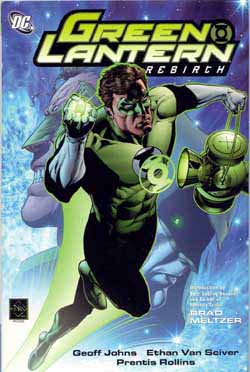 Â
 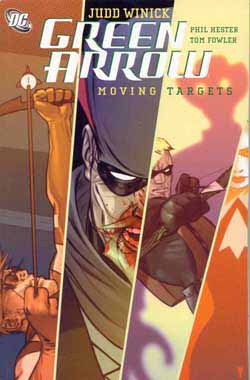 Â
 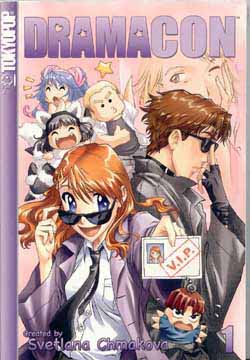 Â
 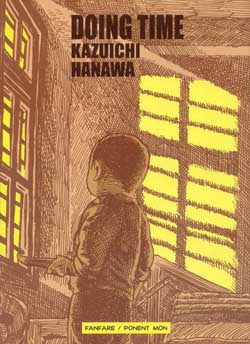 Â
 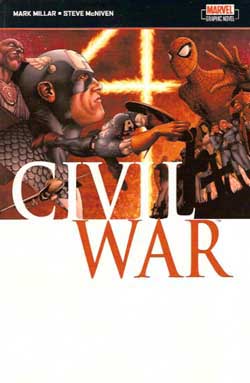 Â
 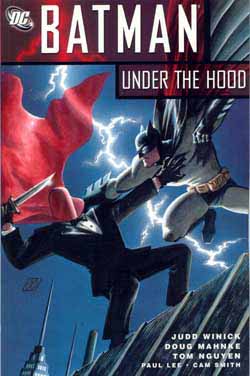 Â
 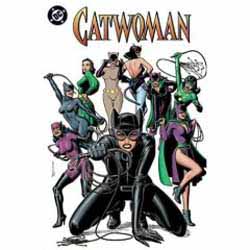 Â
 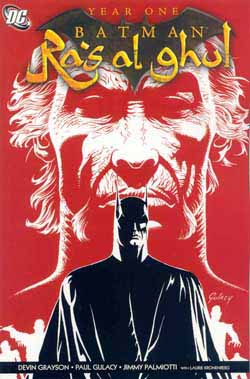 Â
 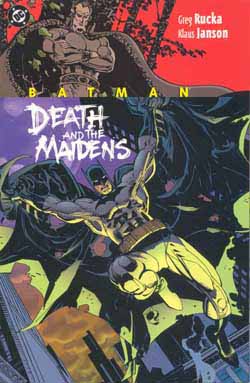 Â
Â